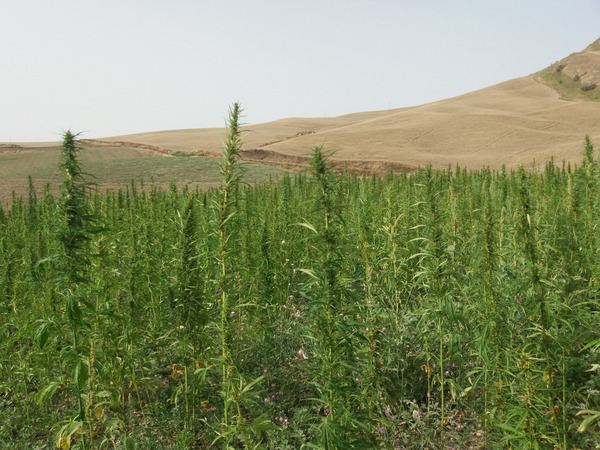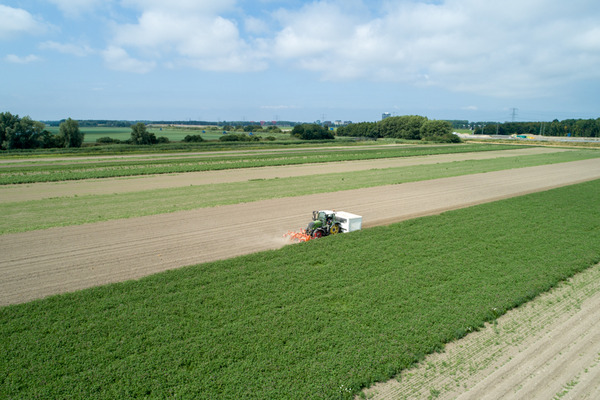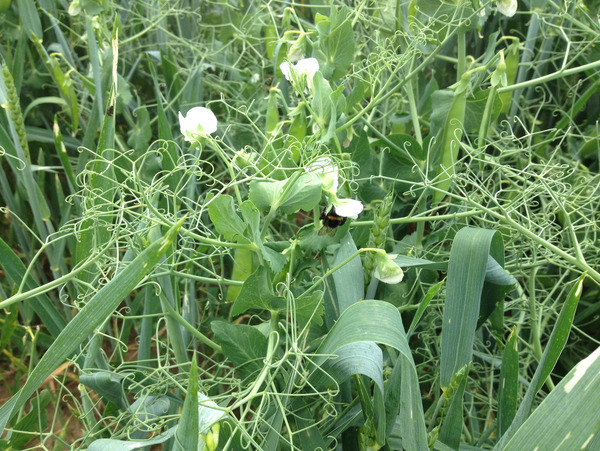Innovations supporting a shift towards more sustainable food systems can be developed either within the dominant food system regime or in alternative niches. No study has compared the challenges faced in both contexts. Based on an analysis of the 25 DiverIMPACTS case studies of European innovations that support crop diversification, this paper explores the extent to which barriers to crop diversification are related to the setting in which they emerge.
Barriers to crop diversification
Drawing on a qualitative analysis of interviews and participatory brainstorming, the authors highlighted 46 different barriers to crop diversification across the case studies and sorted them into three different levels:
production;
downstream operations from farm to retail, marketing and consumers; and
contracts and coordination between actors.
Food system innovation settings
To characterise the diversity of innovations at the food system level, they introduce the concept of “food system innovation settings”, which combines:
the type of innovative strategy promoted at the farm level: temporal crop diversification (Image 1) or spatial crop diversification (Images 2 and 3);
the type of value chain supporting that innovation: commodity market, local market or arrangement with livestock farmers;
the type of agriculture involved: organic, conventional or both.
Types of settings for food system innovation and associated barriers
Based on the analysis, the paper identifies three main types of setting for food system innovation and associates them with different barriers to crop diversification:
“Changing from within” fosters longer rotations (temporal crop diversification) on conventional farms that are involved in commodity supply chains. An example of this type of setting is the integration of soy or chickpea in conventional rotations. These are generally cultivated for the feed industry (soy) or for export in large volumes to the Middle East (chickpea). Fifteen barriers to crop diversification are identified in this type of context. For example:
For some conventional farmers, it is quite challenging to develop systemic thinking of longer rotations, and to integrate into their decision making the idea that one new crop could have positive impacts for several years;
For operations after production, the major bottleneck is that mainstream cooperatives or traders working with farmers are generally quite big and highly specialised. This makes them reluctant to collect and store small volumes of new crops that innovative farmers may test or seek to develop
Guaranteeing a secure outlet in the future is crucial to encourage farmers to “invest in a new crop”
“Building outside” integrates intercropping on organic farms involved in local supply chains. An example of this setting is when an organic farm integrates minor crops, pure or intercropped, that are processed into innovative products by a small-scale food business, marketed and sold locally. Thirteen barriers to crop diversification are identified in this type of context. For example:
To increase or stabilise the yields of minor crops cultivated organically, farmers look for technical references;
As the actors are small, marginal, often scattered and not involved in large structured value chains, communication and coordination between them is a challenge;
All stakeholders underline the necessity of establishing clear contracts in advance, based on fair and transparent prices, and on quantity and quality criteria that cover production and operational costs at all levels of the value-chains;
Competition with non-local crops is still a central issue, even for high-quality or organic products.
In “playing horizontal”, actors promote quite radical alternative crop diversification strategies. These can either be horizontal at the spatial level (e.g. strip cropping) or at the social level (e.g., arrangements between farmers). However, they do not directly challenge the vertical organisation of dominant value chains. Nine barriers to crop diversification are identified in this type of context. For example:
At the production level, farmers in this innovation setting need economic references on diversification practices because they doubt their profitability;
Managing strips or collaborating with livestock farmers requires a shift in the way of thinking about interactions, either at the plot/farm level or between farms;
Regulations and administrative issues are also a strong barrier;
In arrangements between farmers, lack of communication between them can be an issue, especially regarding the advantages and compensation expected by each of them;
Difficulties communicating to consumers because their farming practices are quite hard to understand if one has no farming background.
Further information
Link to the article:
Journals.plos.org: Innovating within or outside dominant food systems? Different challenges for contrasting crop diversification strategies in Europe






 Souhaitez-vous ajouter le site web à l'écran d'accueil ?
Souhaitez-vous ajouter le site web à l'écran d'accueil ?